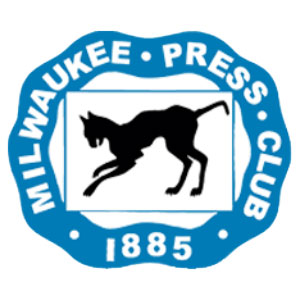By Gordon Hopkins, Rural Health News Service
Opioid crisis hits rural America hard
The opioid crisis is a major talking point on the national political stage. On the whitehouse.gov website, President Donald Trump says, “Together, we will face this challenge as a national family with conviction, with unity, and with a commitment to love and support our neighbors in times of dire need. Working together, we will defeat this opioid epidemic.”
Despite much talk by the president and many others, relatively little has been done to date to combat the crisis, which continues to grow. This is a problem for all parts of the nation, including rural areas. A May 1 report in the Journal of the American Medical Association stated, “Drug overdose deaths are at unprecedented levels in the United States.”
According to the National Safety Council, 63,632 Americans died of drug overdoses in 2016. Over 42,000 of those deaths – about two-thirds – were due to opioids. The council recently published a white paper titled, “Prescription Nation 2018.” In it, Deborah A. P. Hersman, president and CEO of the National Safety Council, said, “Our nation is confronting the most fatal drug crisis in U.S. history.” The paper is available for download at nsc.org.
The opioid crisis – and drug dependency in general – is a nationwide problem. Too many people think of it as an “inner city” or “urban” issue and treat it as such. However, rural America has been hit especially hard by the drug epidemic, and dealing with the crisis can be significantly harder in rural areas due largely to the lack of available treatment options.
For many living in rural areas, the nearest treatment center for addiction is a two- or three-hour drive away. The expense of such a trip – including time away from work and, possibly, the need to pay for childcare – may be financially untenable. Treatment may prove to be out of reach.
Indeed, the lack of local healthcare may be not only hindering treatment but contributing to the problem as well. For many, prescription pills lead to addiction when other options for pain management, like physical therapy, are not available nearby.
Another impediment to treatment may be the view of many that drug addiction is some sort of “moral failing.” Fear of being judged and condemned by family and friends can keep addicts from reaching out to the support system they need.
Recovering from opioid dependence is not simply a matter of “getting clean.” It can take months or even years to recover from the bodily changes caused by opioid abuse. The cravings can crop up again long after an addict has stopped using. That is why many recovering addicts can “fall off the wagon,” even if they have been clean for years. Therefore, ongoing treatment and therapy are essential.
The National Safety Council has prescribed six key actions states should take to combat the crisis:
- Mandating prescriber education.
- Implementing opioid prescribing guidelines.
- Integrating prescription drug monitoring programs into clinical settings.
- Improving data collection and sharing.
- Treating opioid overdose.
- Increasing availability of opioid use disorder treatment.
To date, only Nevada and New Mexico have taken all six actions. Ten states plus the District of Columbia have taken five of the key actions: Arizona, Connecticut, Delaware, Georgia, Michigan, New Hampshire, North Carolina, Ohio, Rhode Island and Virginia.
Gordon Hopkins is an award-winning columnist and feature writer for The Fairbury Journal-News. Prior to that, he worked for several years in the health insurance industry. His latest book is “Nebraska at War: Dispatches from the Home Front and the Front Lines.” You can contact him at gordon.fjn@gmail.com.



